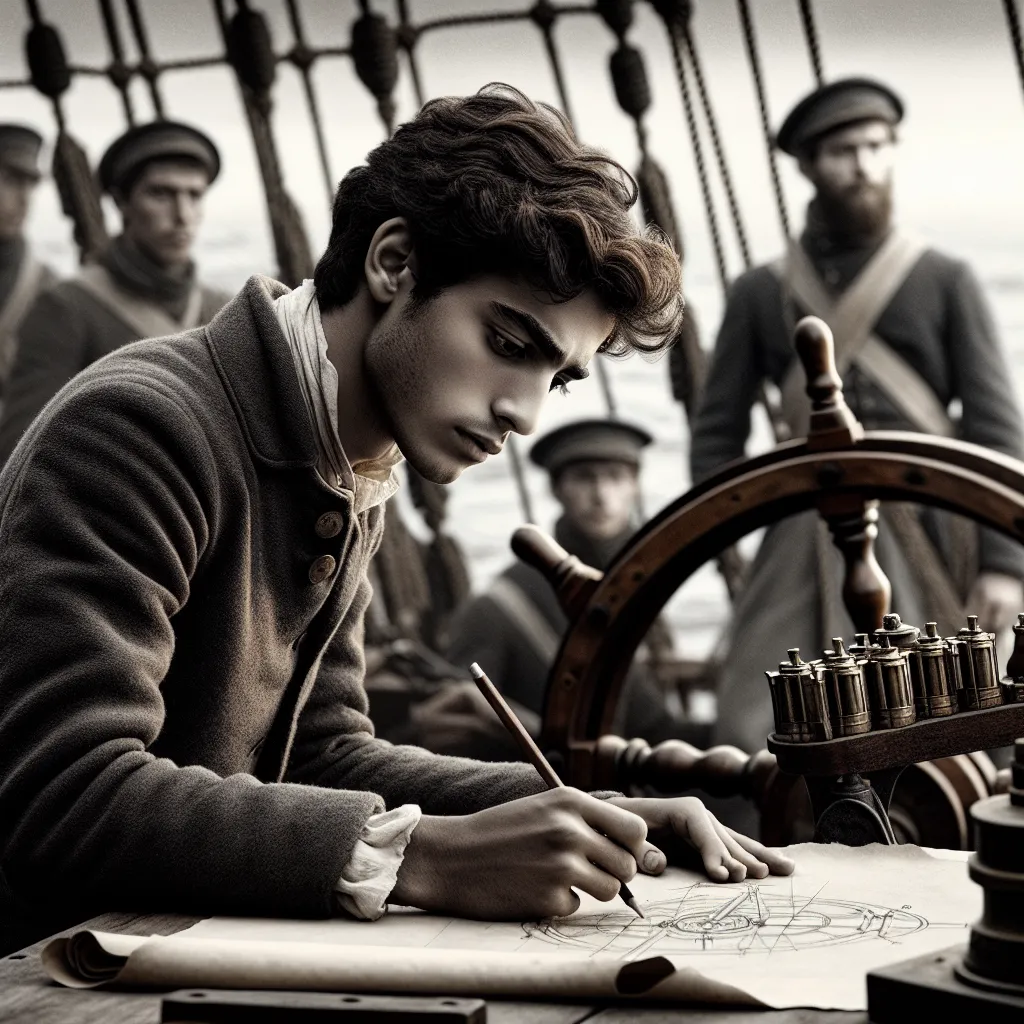Ah, the tale of Samuel Colt and his revolutionary revolver is nothing short of a thrilling adventure. Imagine being a troublesome 16-year-old shipped off half a world away to Calcutta, India. That’s Colt’s backstory. His mother died when he was just seven, and he was more interested in taking things apart and getting into trouble than his formal studies. Explosives and pranks were more his speed. His dad hoped for discipline and a seaman’s trade from the journey, but what Samuel Colt got was an idea that would reshape warfare.
During his travels, Colt’s fascination with guns grew. He toyed with the idea of improving them, especially since the 19th-century firearms were cumbersome beasts. Soldiers had to load single-shot muskets with painstaking care—powder, projectile, and paper all rammed down the barrel with a rod. It was slow, clunky, and inefficient. His “Eureka!” moment came inspired by the wheel of a ship. The ratchet mechanism that steered ships gave him the idea for a turning cylinder in a gun—a revolver that could fire multiple shots before needing to reload.
Full of determination, Colt returned to the United States. With convincing charm, he raised today’s equivalent of over six million dollars from family and friends to develop his prototype. The journey wasn’t smooth—there were initial glitches, safety issues, but Colt pushed through. By 1836, he had a patented, functional revolver: the Colt Patterson, a five-shot game-changer which caught the attention of many in the firearms industry.
Meanwhile, another young gun enthusiast, Daniel Wesson, was crafting his own path. Wesson idolized his older brother Edwin, a skilled rifle craftsman. Together, they dreamed of the perfect firearm. Yet Colt’s patent was a massive roadblock for anyone trying to enter the revolver market.
The tables, however, turned during the Mexican-American War. Samuel Colt found an eager customer in Captain Samuel Walker of the Texas Rangers. Walker’s men needed something better than slow-loading single-shot guns. The Colt Patterson revolver proved to be a battlefield asset, capable of firing multiple shots quickly—a true game-changer.
Walker’s support provided Colt with a crucial lifeline. Walker didn’t just want more guns; he wanted improvements. Colt, ever the opportunist, collaborated with the Wessons’ rifle manufacturing operation for better barrels, resulting in the Colt Walker revolver—a monumental upgrade from his original design.
Suddenly, revolvers weren’t just firearms; they were icons. Colt had created a brand synonymous with innovation and reliability. As Colt’s business soared, the Wessons were not far behind. They aspired to introduce their own revolver, but Colt’s patent continued to be an obstacle until well-timed expiration in the late 1850s.
The next big shake-up came with the American Civil War looming. Demand for firearms skyrocketed. Colt sold to both northern and southern states, a controversial move that almost tarnished his legacy. Smith & Wesson, on the other hand, chose to distance themselves from southern sales.
The Civil War forced Sam Colt to prove his loyalty. Though he never saw combat, his revolvers were a staple for Union forces. But the real transformation came after Colt’s death in 1862. Elizabeth Colt inherited his empire, guiding it through turbulent times, even after a suspicious fire destroyed their factory.
Smith & Wesson capitalized on Colt’s misfortune, innovating and selling more revolvers than ever. Their partnership echoed Samuel and Daniel’s drive to dominate the industry. The release of the Model 3 and other designs post-war solidified their spot as top-tier firearm manufacturers.
Guns weren’t just tools of war anymore—they became personal possessions, shaping the idea of personal defense and frontier justice. Smith & Wesson and Colt perfected the revolver, their rivalry driving each to new heights. Even today, the legacy of their innovations defines modern firearms.
From pranks and struggles to changing the face of warfare, Samuel Colt and Daniel Wesson’s stories intertwine in a narrative of invention, competition, and relentless pursuit of excellence. The revolver didn’t just change the battlefield; it left an everlasting imprint on American life.






